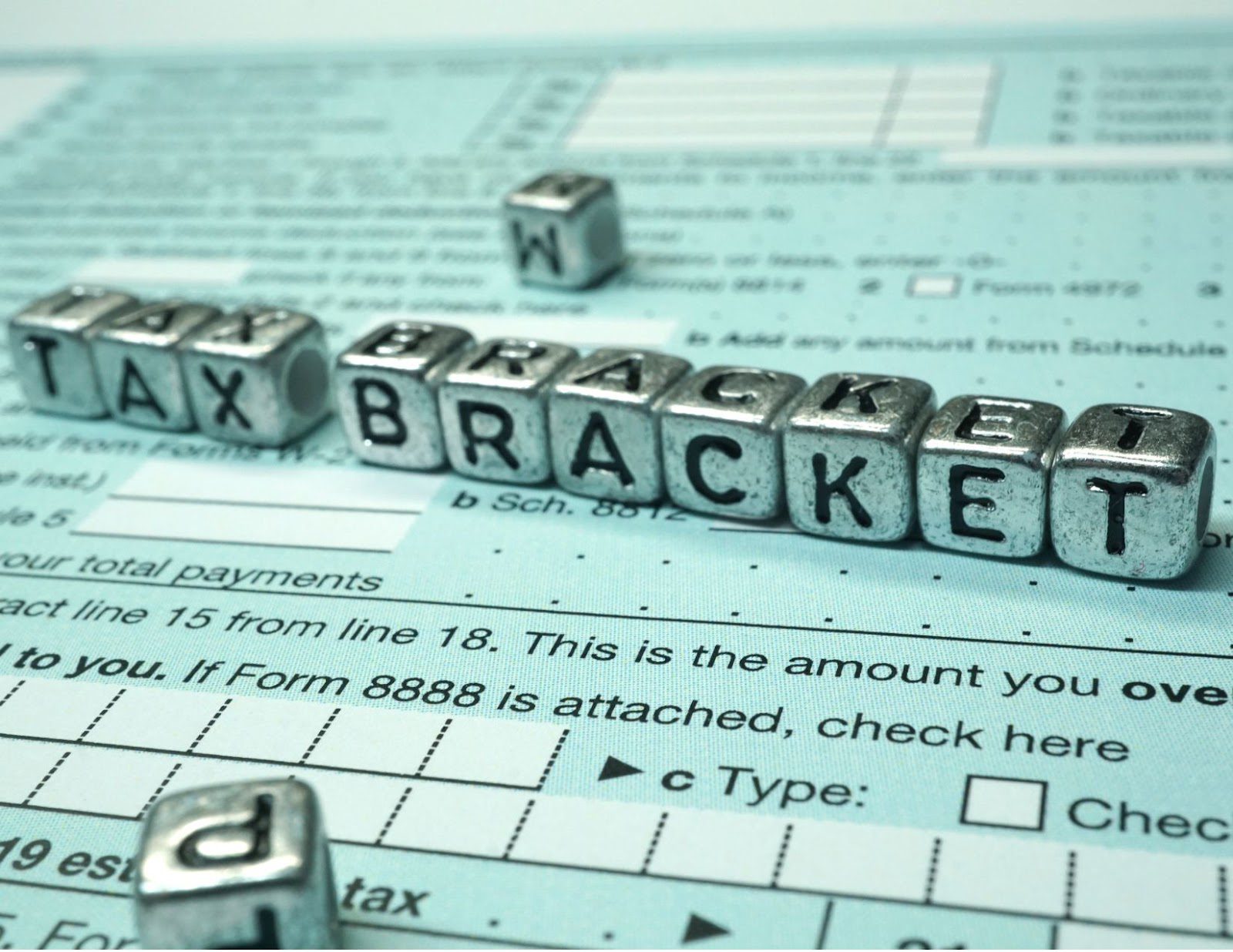New Income Tax Brackets For 2023

It’s almost tax season, and there are changes that some people in the workforce should understand so they can manage tax burdens. PayPal and other payment apps have tax-paying processes built into the structure so that users can easily pay taxes on income from contracts. This contract income now forms a substantial part of the GDP, where workers must pay taxes.
Give Peter B. Scala, CPA a call if you find yourself with a pile of 1099 forms on top of the other confusing tax documents. His expertise has helped hundreds of clients make sense of the confusion created by new tax laws.
Is There a 1099 Tax Deadline?
The deadline for sending W-2s to employees is January 31, 2023. Although many get their W-2s early, the IRS suggests people with 1099 income wait until late February or early March to file income tax returns. New rules surrounding contract workers and freelancers took effect because of new legislation. Hence, the deadline for sending 1099 tax documents to paid workers is also January 31.
Income Tax Brackets
The IRS taxes income in chunks. For example, an annual income of $50,000 gets taxed at the 22% bracket. If that projected annual income drops below $44,725, the income-earner drops to the 12% bracket. This graduated income tax scheme can sometimes wipe out a raise when there is a big rise in the percentage withheld.
The new laws about 1099 income are part of a larger economic realignment to a partial gig economy where workers contract their work as private contractors. People with substantial contracts might see their income tax bracket kick up to the next level. For most, these brackets are earning thresholds where a specific amount indicates where the percentage rate increases. For 2023, there are seven income withholding percentage levels: 10%, 12%, 22%, 24%, 32%, 35%, and 37%. These percentages aren’t changing from 2022. Putting these percentages into perspective:
- Those who earn $11,000 or less have to pay 10% in federal income taxes.
- If you earn $11,001, you’re in the 12% tax bracket.
- The 12% bracket applies to income between $11,001 and $44,724.
- The 22% bracket applies to income between $44,725 and $95,374.
- The 24% bracket kicks in at $95,375 and continues until $182,099.
- The 32% bracket starts at $182,100 and ends at $231,249.
- At $231,250, the bracket goes to 35%.
- Income of $578,123 and above is 37%.
These levels are for people who file single returns. Married couples who file jointly also see their income level threshold go up. Income levels also change for married filing separately and head of household taxpayers.
The different tax brackets can confuse some people, particularly if you own a small business. Fortunately, professional help is available if the IRS tax laws make you fall asleep with boredom. CPA Peter B. Scala has been helping local taxpayers make sense of the complicated tax brackets.
Taxes and Inflation
Although it might not seem like it, the economic processes that manage and run the U.S. economy help it weather economic forces that can cause collapse, like what happened when the stock market crashed in 1929. Consequently, the IRS must adjust the income thresholds to match economic forces.
For most of 2022, inflation was a buzzword as wages didn’t keep up with rising prices. This means the IRS raised the income threshold limits across the board, giving some 2023 tax filers a boost. Most people fall into the 12%, 22%, and 24% brackets. Adjusted threshold limits, for example, between the 12% and 22% thresholds, means some filers see bigger refunds in 2024 based on their 2023 incomes.
It’s these changes and others that make filing taxes complicated. Why not take the safest route and hire a CPA to do your taxes? The new income tax brackets for 2023 happen automatically, but using them to your best advantage doesn’t. This is why calling Peter B. Scala is important – he’ll make sense of the tax confusion.
Inflation Buster Tax Rules For 2023 Tax Brackets
The unusually large increase in the threshold income limits isn’t the only move the IRS made to fight inflation. Indeed, the recently passed laws specifically tweak the tax laws to put more money in your pocket. For instance, the limits for how much you can put into 401(k)s IRA accounts increased. The IRS doesn’t tax this income, providing more liquidity for retirement planning.
Another rule commonly used by taxpayers is the standard deduction. This rule lets taxpayers take one big deduction instead of itemized deductions. In addition to cutting down the required paperwork, it simplifies the process. Each year Congress adjusts the standard deduction. The next adjustment for 2024 tax filers has a much bigger raise to the standard deduction than usual. This put even more money back into consumer pockets.
High-income earners need to pay attention to the alternative minimum tax (ATM) exemption threshold because they may end up owing taxes due to side hustle contract work. For 2023 single filers, the ATM exemption is $81,300 and starts phasing out at $578,150. Married filing jointly, the numbers are $126,500 and $1,156,300, respectively.
Conclusion
Coming out of the COVID-19 pandemic meant getting back to normal living, where we each go to work and come home every day. Some permanently left the standard workforce and entered the gig economy, where workers are individual contractors who pay their taxes each year. Because of this and other factors such as inflation, the tax laws and rules will change for 2023. Some income earners will benefit because new income limits might put them in a lower tax bracket. Avoid making any mistakes that might cost thousands of dollars. Give Peter B. Scala, CPA a call for your 2023 tax preparation needs.
